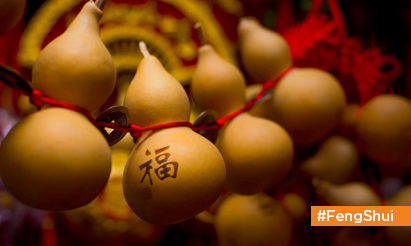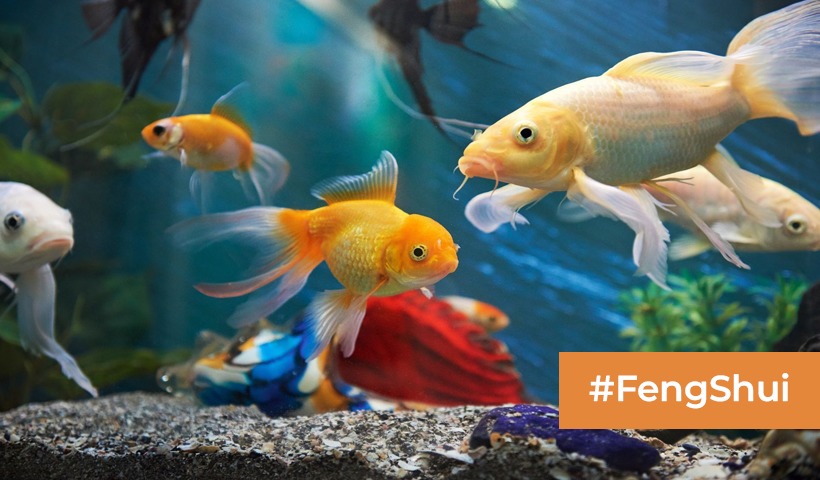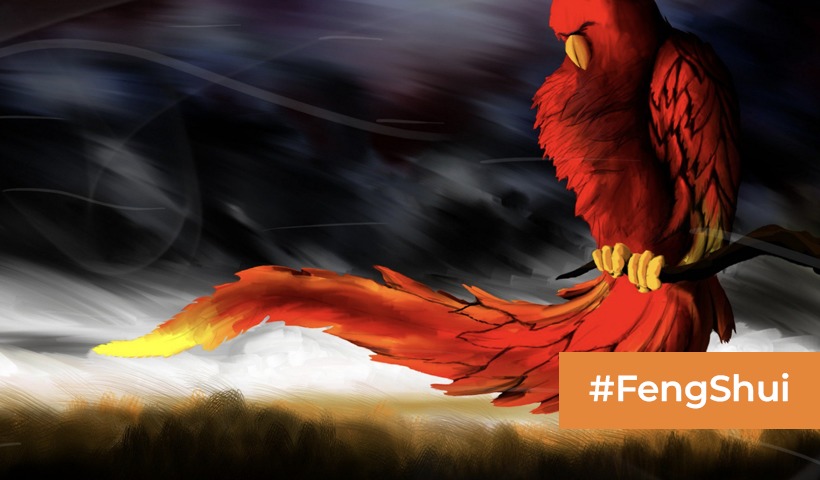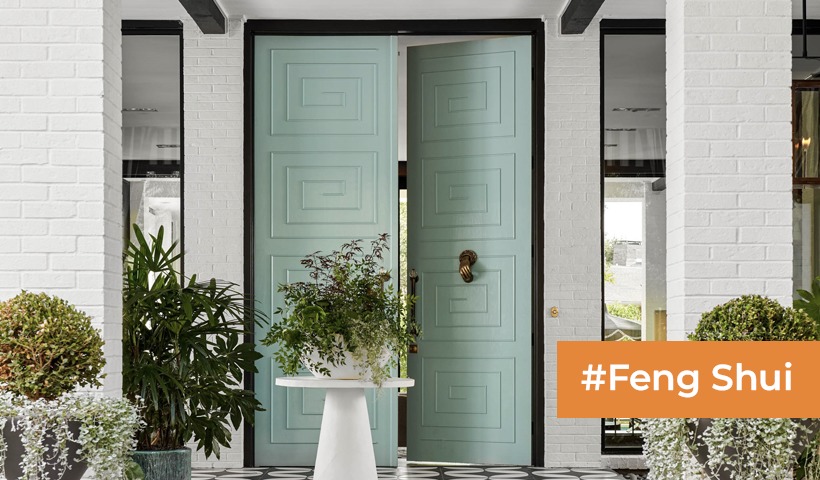Bad Luck Plants for Home | Unlucky Plants in Feng Shui
Not every plant is auspicious in terms of Feng Shui. Certain plants are really thought to bring ill luck or negative energy into your home, which makes them unlucky. To keep your home peaceful and successful, you must know which plants to stay away from. This is a guide to some of the Feng Shui-recommended plants that you should avoid.
10 Bad Luck Plants for Home in Feng Shui
1. Cactus
The thorns of cacti are sharp and pointed, and according to Feng Shui, they release bad energy. The harmony and tranquility in the house may be disturbed by these spikes, which can cause stress and conflict. Cacti are said to bring bad luck, thus it is best to put them outside rather than inside the house.
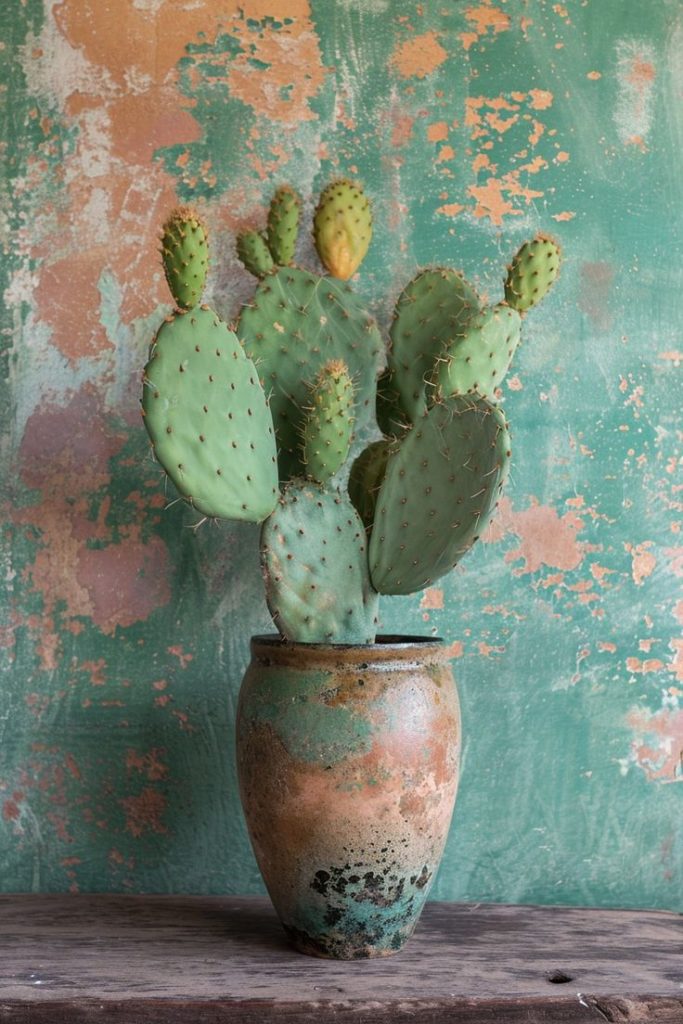
2. Bonsai
Although people appreciate bonsai trees for their exquisite beauty and skill, in Feng Shui, they are frequently associated with limited development and advancement. These little trees may stand for constraints and a lack of success in life. It is advised against bringing bonsai indoors if you want to encourage development and pleasant energy.
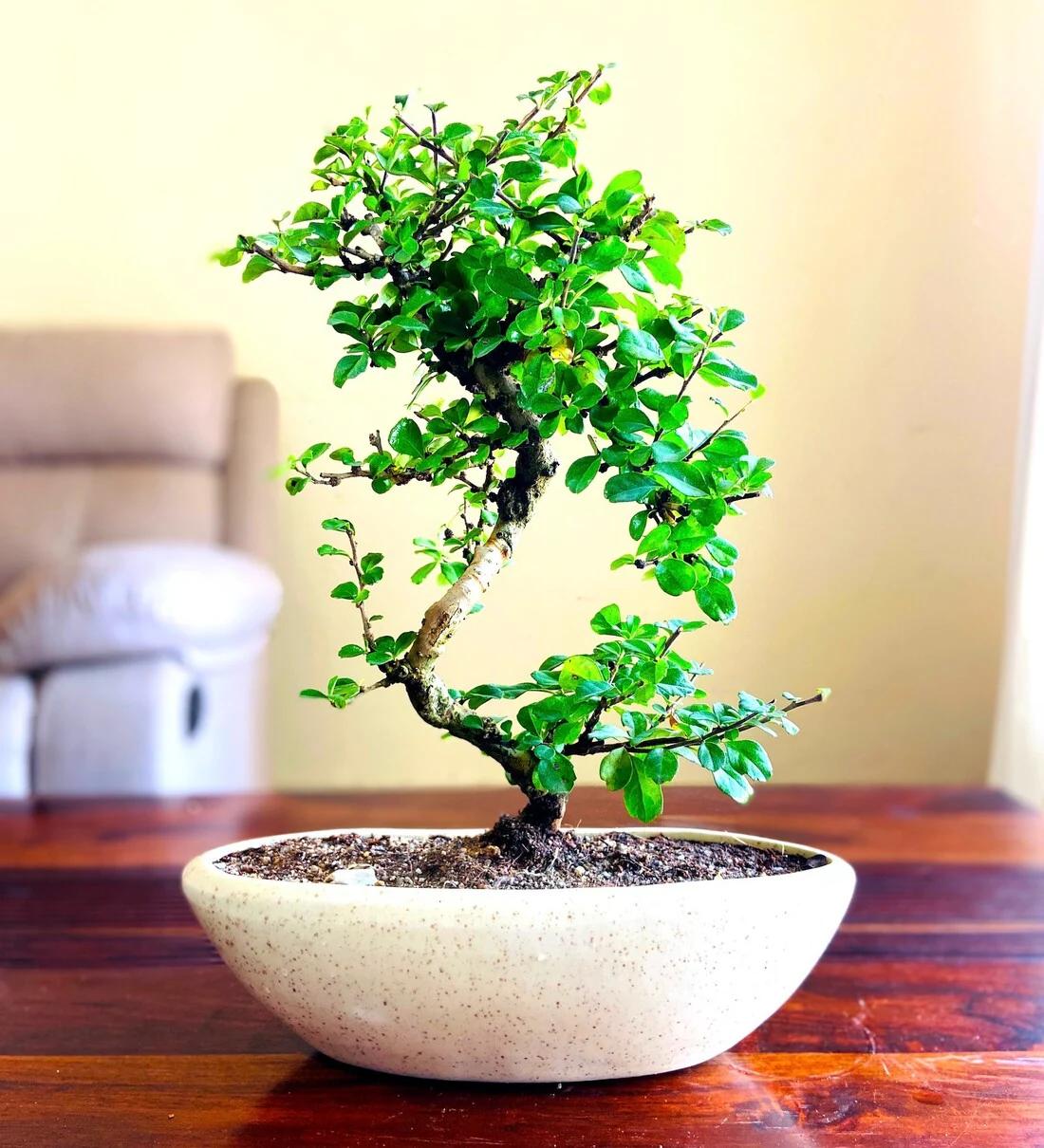
3. Tamarind
Feng Shui believes that tamarind trees are home to ghosts and bad energies. Negativity and negative energy might be drawn to your home if you have tamarind trees nearby. To maintain a calm and pleasant atmosphere, it is advised to avoid planting Tamarind trees next to residential areas.
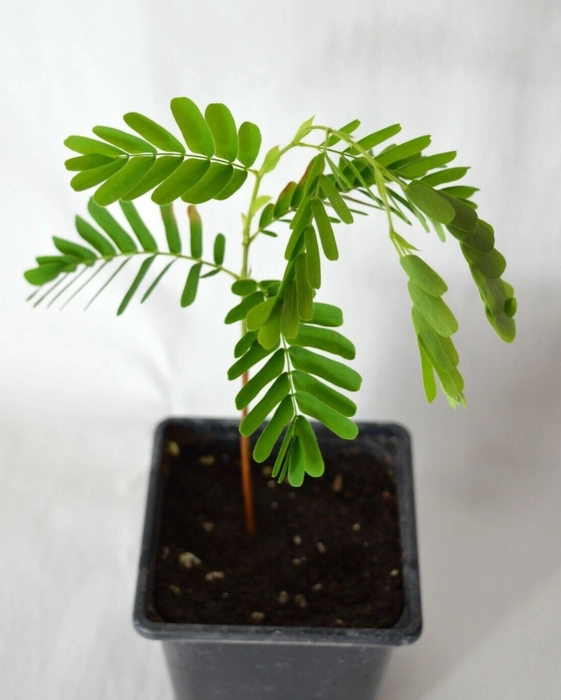
4. Cotton Plant
In Feng Shui, the Cotton Plant is linked to sadness and adversity. The plant’s fluffy, white look is compared to burial shrouds, which stand for loss and sorrow. Cotton plants should not be kept indoors since they are said to draw bad energy and should instead be avoided in order to preserve a pleasant living environment.
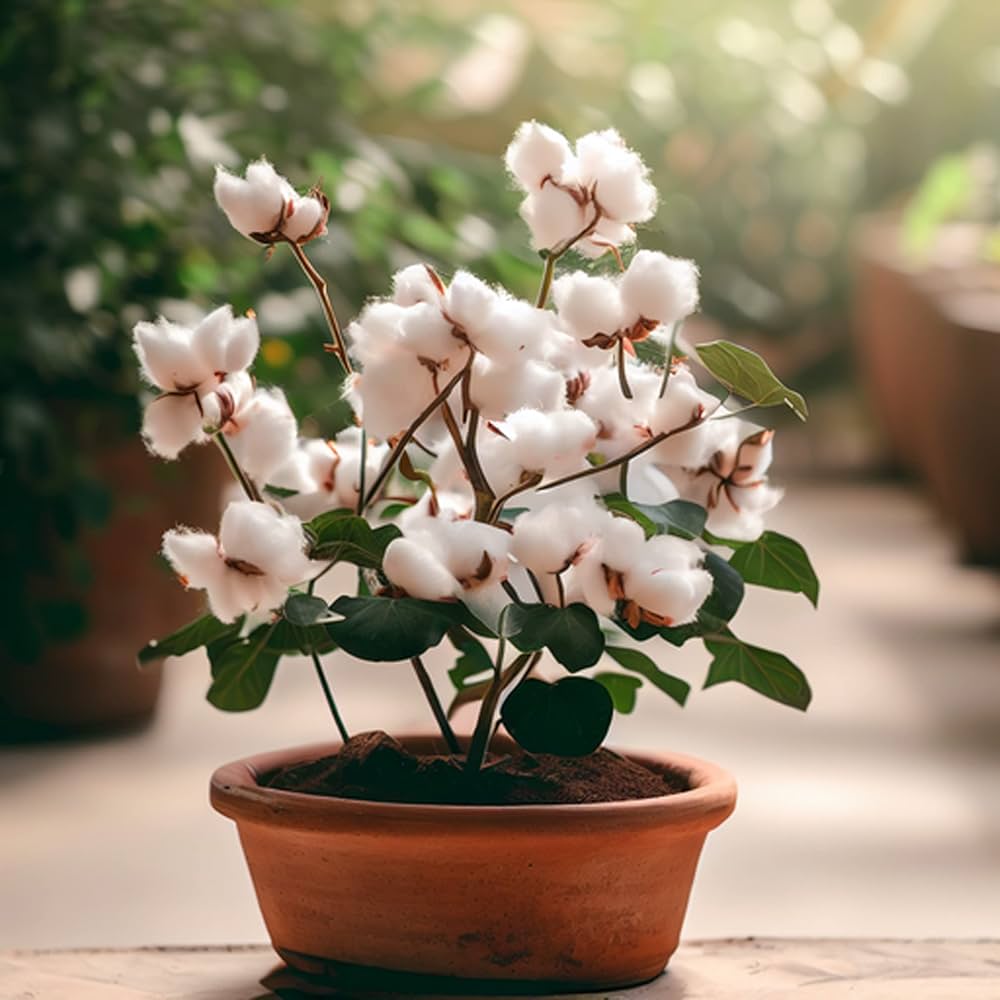
5. Dead or Dying Plants
Feng Shui believes that dead or dying plants are very unfortunate because they represent stagnation, loss, and decay. Such plants might draw bad energy into your house, which will impact the general prosperity and atmosphere of the area. Any plants that are dead or dying must be pulled out right away.
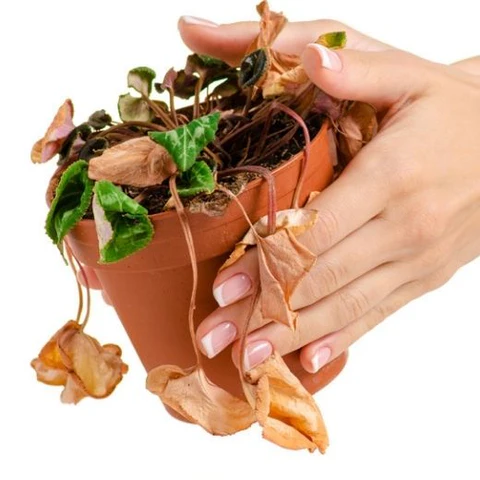
6. Peony
Even though peonies are frequently associated with passion and love, according to Feng Shui, planting flowers in the incorrect location might bring ill luck, especially for married couples. If positioned incorrectly, the flower is said to draw in adulterous relationships, upsetting marital peace. It is advisable to speak with a Feng Shui specialist before putting peonies in your house.

7. Willow Tree
Due to its drooping limbs, the willow tree is frequently connected in Feng Shui to melancholy and grief. Your home may become more melancholy if you plant a willow tree nearby since it will draw bad vibes and energy. Willow trees should not be planted next to residential areas, according to advice.
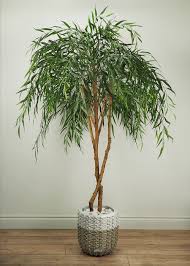
8. Lilies
In Feng Shui, lilies are thought to transmit the spirit of grief and death and are frequently connected to funerals. Lilies are a plant to avoid if you want to keep your house happy and positive since they can bring grief and bad vibrations.

9. Pampas Grass
With its jagged edges and fluffy plumes, pampas grass is associated with conflict and division, which makes it bad in Feng Shui. It is said that the form and texture of the plant cause an imbalance in energy, which might cause arguments and miscommunications within the family.
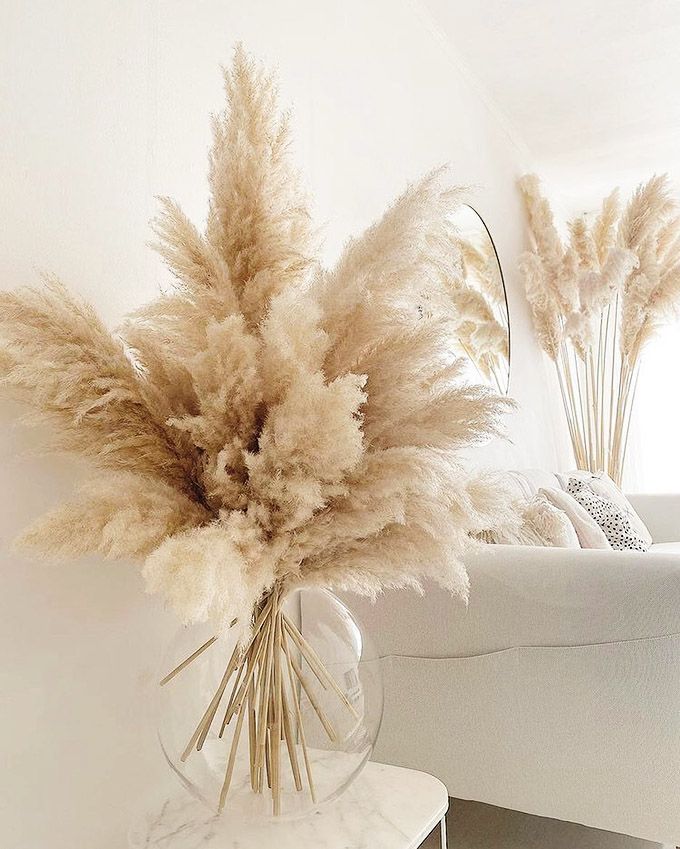
10. Oleander
In Feng Shui, oleander is a poisonous plant that conceals danger despite its lovely look. Its toxic nature is said to draw bad energy, signifying deceit and malicious intent. Oleander is said to bring concealed problems, therefore keeping it indoors or close to the house is unlucky.
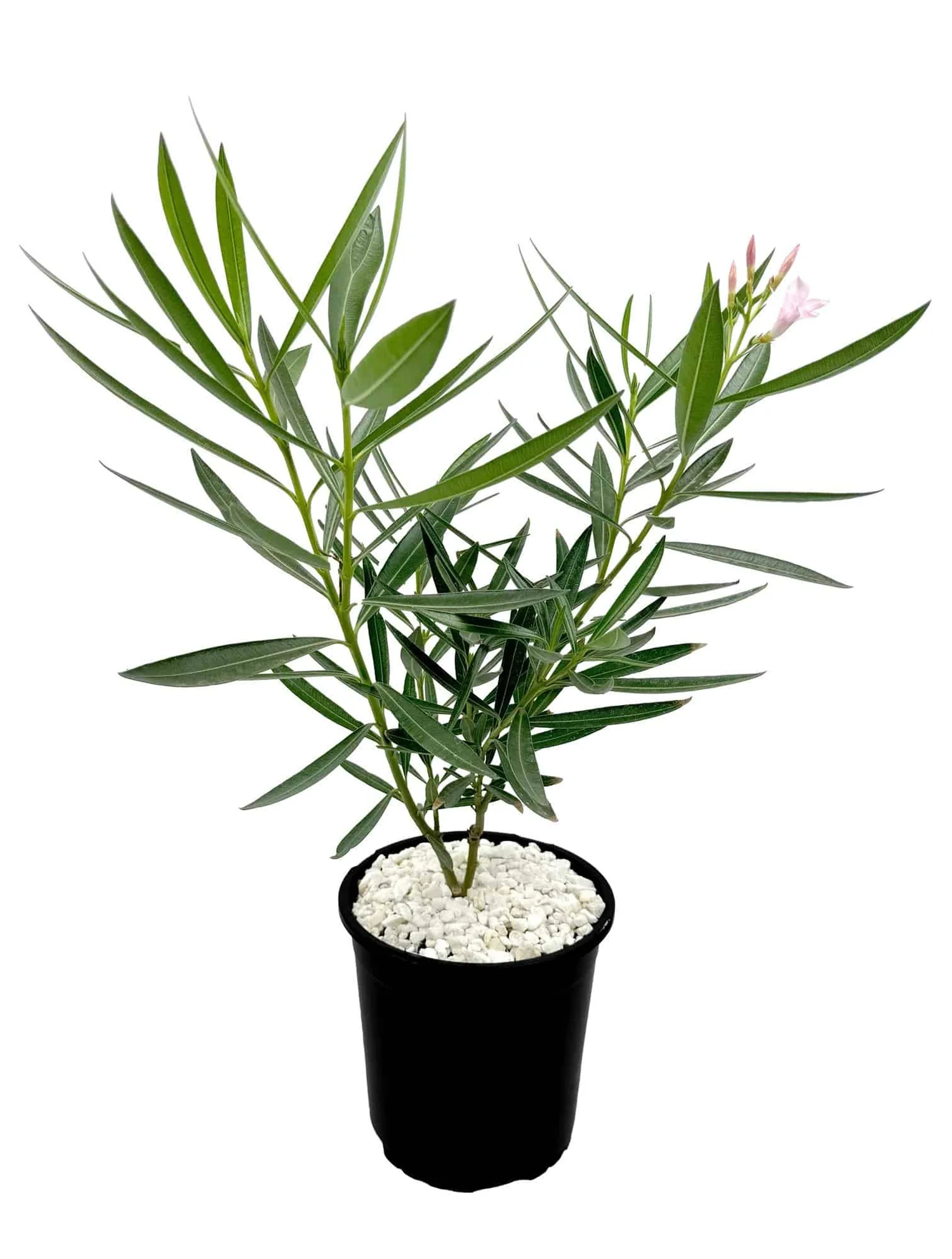
10 alternative of Bad Luck Plants for Home in Feng Shui
These ten substitute plants, according to Feng Shui, can infuse your home with positive energy and excellent vibes:
1. Lucky Bamboo
Replace with: Cactus
Advantages: The bamboo tree represents tenacity, expansion, and wealth. It is a well-liked Feng Shui plant because of its reputation for bringing abundance, health, and serenity into homes.
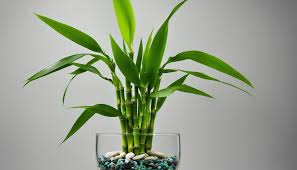
2. Money Plant (Pothos)
Replace with: Bonsai
Advantages: The Money Plant is linked to luck and financial success. It’s a great option for interior design because it’s said to draw prosperity and good vibes.
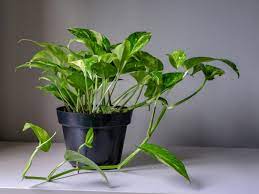
3. Areca Palm
Replace with: Tamarind
Advantages: The Areca palm is thought to be a sign of tranquility and wellbeing and has air-purifying properties. It brings peace and positivity to any area and promotes the flow of positive energy.
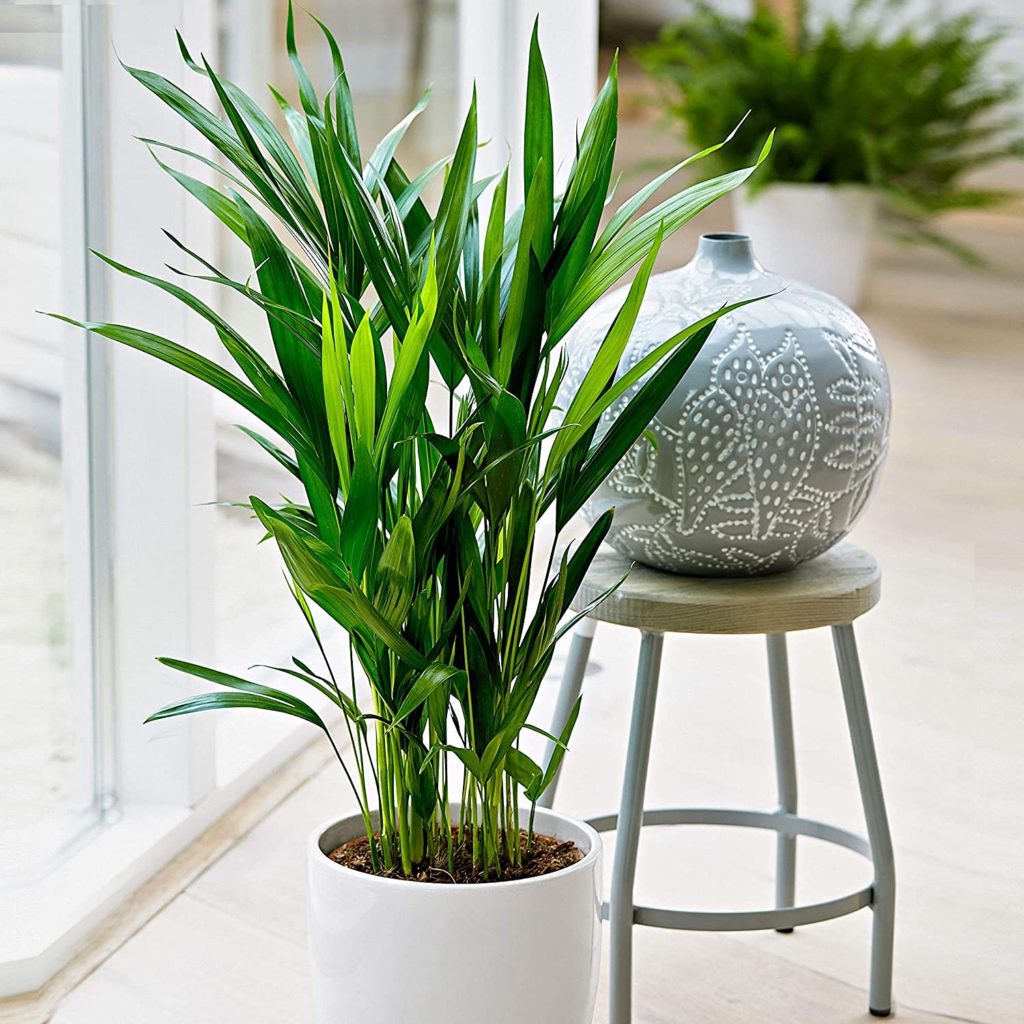
4. Jade Plant
Replace with: Cotton Plant
Advantages: The Jade Plant, also referred to as the “Money Tree,” is thought to bring prosperity, success, and money. In order to draw good financial energy, it is frequently positioned close to the entrance.
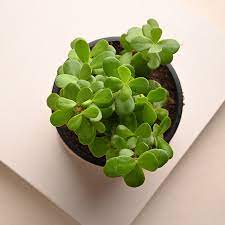
5. Basil (Tulsi)
Replace with: Dying or Dead Plants
Advantages: Basil is highly valued for its therapeutic and spiritual qualities throughout several civilisations. In addition to bringing luck and protecting the house from bad energy, it is said to cleanse the air.
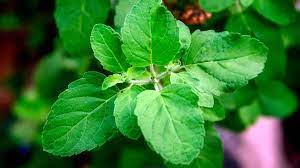
6. Peach Blossom
Replace with: Peonies
Advantages: According to Feng Shui, peach blossoms represent fertility, love, and passion. They are a good substitute for peonies since they fortify links and draw in beneficial interactions.
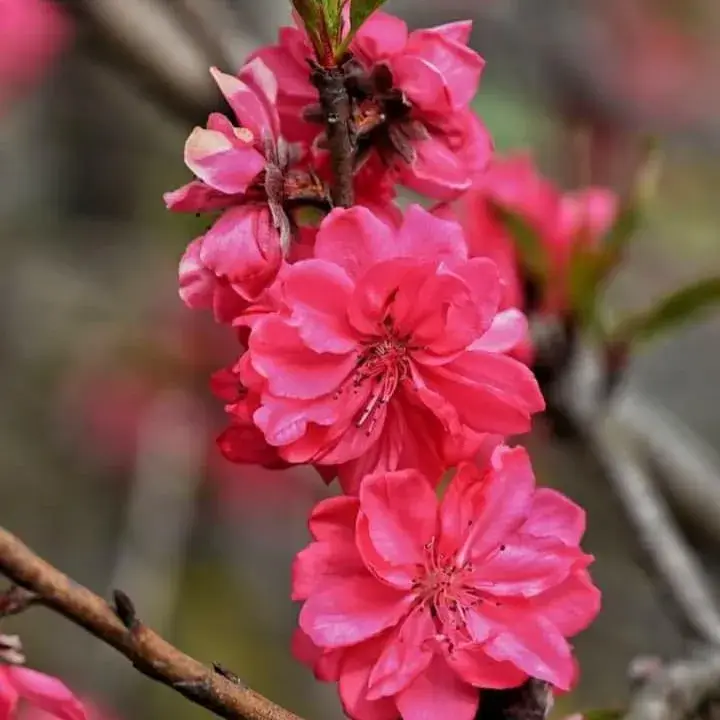
7. Ficus Tree
Replace with: Willow Tree
Advantages: As an alternative to Willow trees, they stand for harmony, power, and defense. In addition to bringing stability and anchoring to the home, it is believed to absorb bad energy.
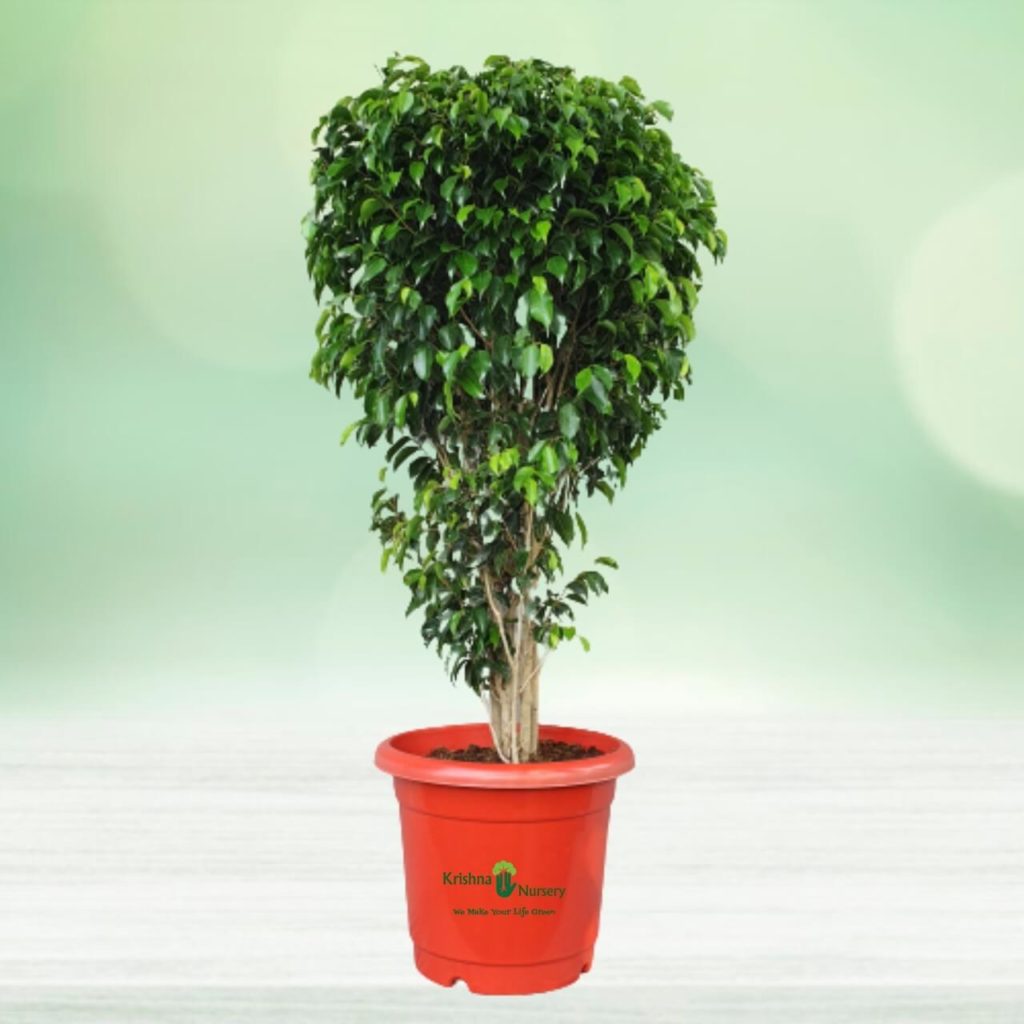
8. Orchids
Replace with: Lilies
Advantages: Orchids are a beautiful, pure, and spiritually enlightening alternative to lilies. Being a wonderful Feng Shui plant, they are thought to encourage harmony, creativity, and positive energy in the home.

9. Lavender
Replace with: Pampas Grass
Advantages: Lavender is renowned for its relaxing and invigorating characteristics. It draws calm, relaxation, and good energy, which lowers tension and encourages tranquility in the house.
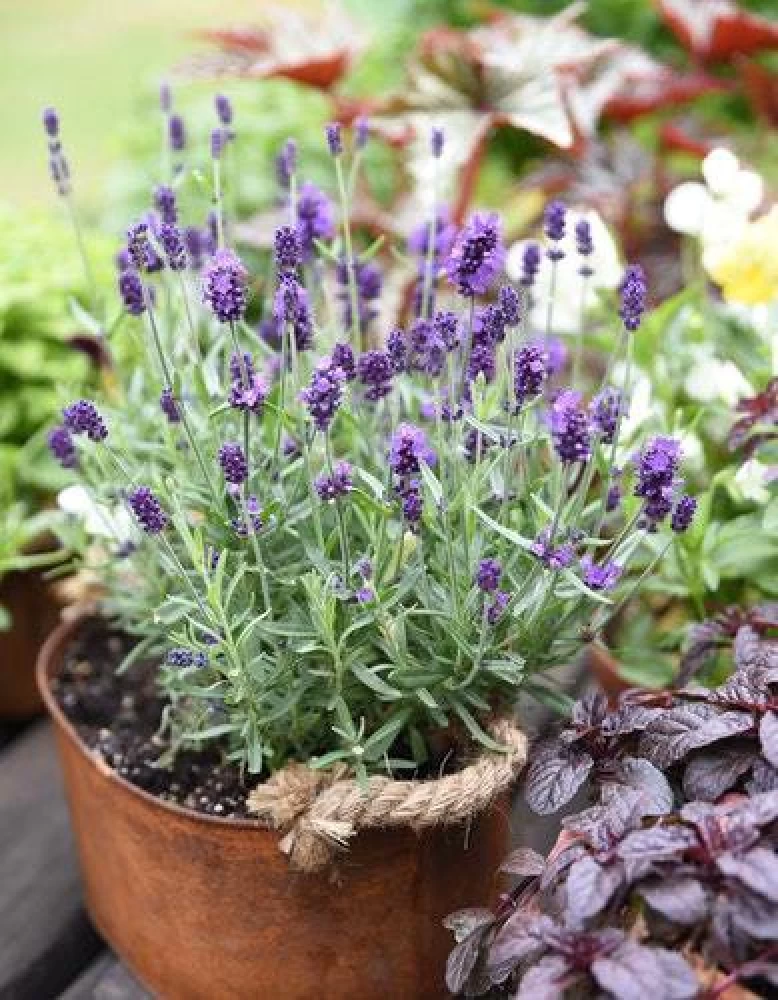
10. Rosemary
Replace with: Oleander
Advantages: Rosemary is a potent plant that represents devotion, love, and memory. It is a safe and advantageous substitute for oleander because of its reputation for improving memory, purifying the air, and fostering good energy.

Conclusion : Bad Luck Plants in Feng Shui for Home
The energy and harmony of your home may be greatly influenced by the plants you pick according to Feng Shui. Although certain plants are said to draw ill luck and negative energy, there are many more options that encourage success, happiness, and well-being. You may cultivate an atmosphere that promotes harmony and balance and supports your success and pleasure by choosing plants carefully and according to Feng Shui principles.
FAQs
1. What are the plants considered bad luck in Feng Shui?
Some plants are associated with poor energy and are therefore thought to bring ill luck in Feng Shui. Some of them are tamarind (said to contain evil spirits), bonsai (a sign of stunted development), cacti (because of their sharp thorns), and other plants including cotton, lilies, and dead or dying plants, which are said to draw sadness, stagnation, and negative energy.
2. Which indoor plants are believed to bring bad luck?
According to Feng Shui, certain indoor plants are considered unlucky. These include lilies, which are frequently connected to funerals and grieving, bonsai trees, which symbolize restricted growth, and cactus, which symbolize conflict with their spiky spines. Plants that are dead or dying are likewise thought to be unlucky since they represent loss and deterioration.
3. What are the bad luck plants that should be avoided in front of the house for Feng Shui?
Feng Shui advises against placing plants in front of the home, such as tamarind trees, weeping willows, and cactus. It is said that these plants draw negativity, melancholy, and strife, which might upset the balance and prosperity of the household.
4. What Feng Shui plant is good to place at the front of the house?
Good Feng Shui plants to put in front of the house are Lucky Bamboo or Money Plants (Pothos). They are thought to draw success, wealth, and good vibes. They can bring good fortune and create a friendly mood when placed close to the entryway.
5. Is a cactus considered a bad luck plant for the home?
Yes, a cactus’s sharp spines are often considered a bad luck charm for homes in Feng Shui. It is said that the negative energy released by these thorns causes tension and strife. Cacti should be kept outside of the house to prevent drawing ill luck.
Disclaimer: The views expressed above are for informational purposes only based on industry reports and related news stories. PropertyPistol does not guarantee the accuracy, completeness, or reliability of the information and shall not be held responsible for any action taken based on the published information.

